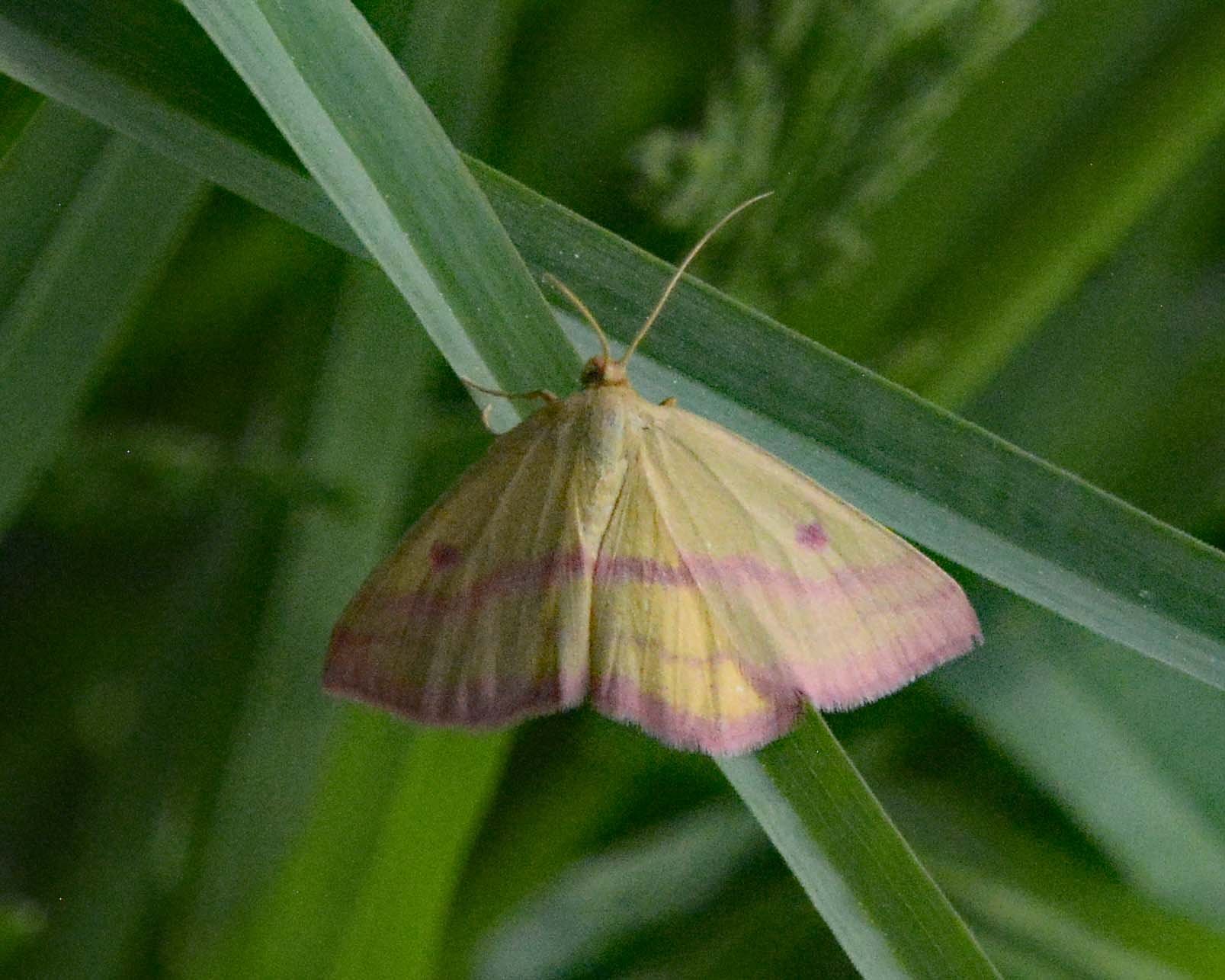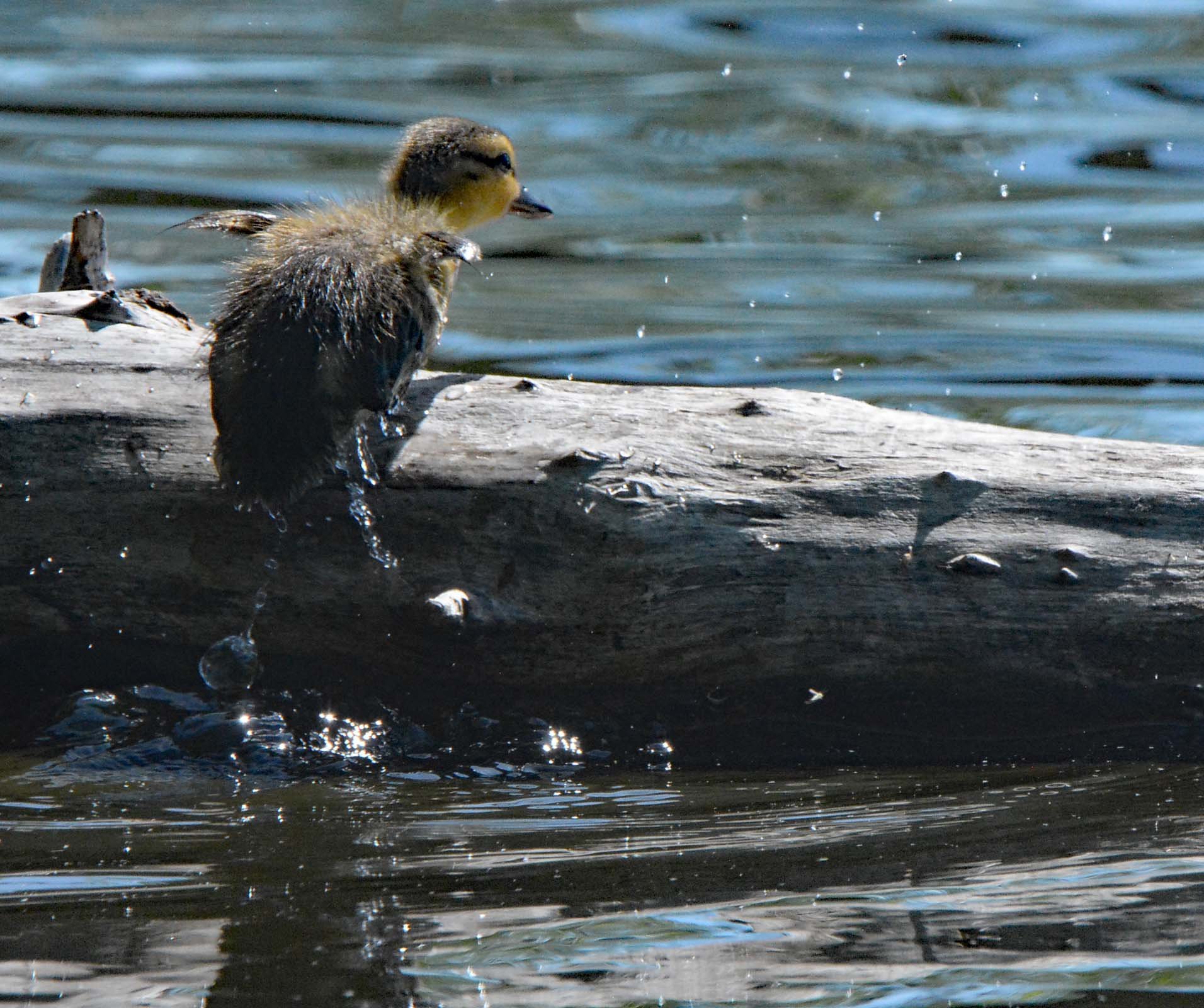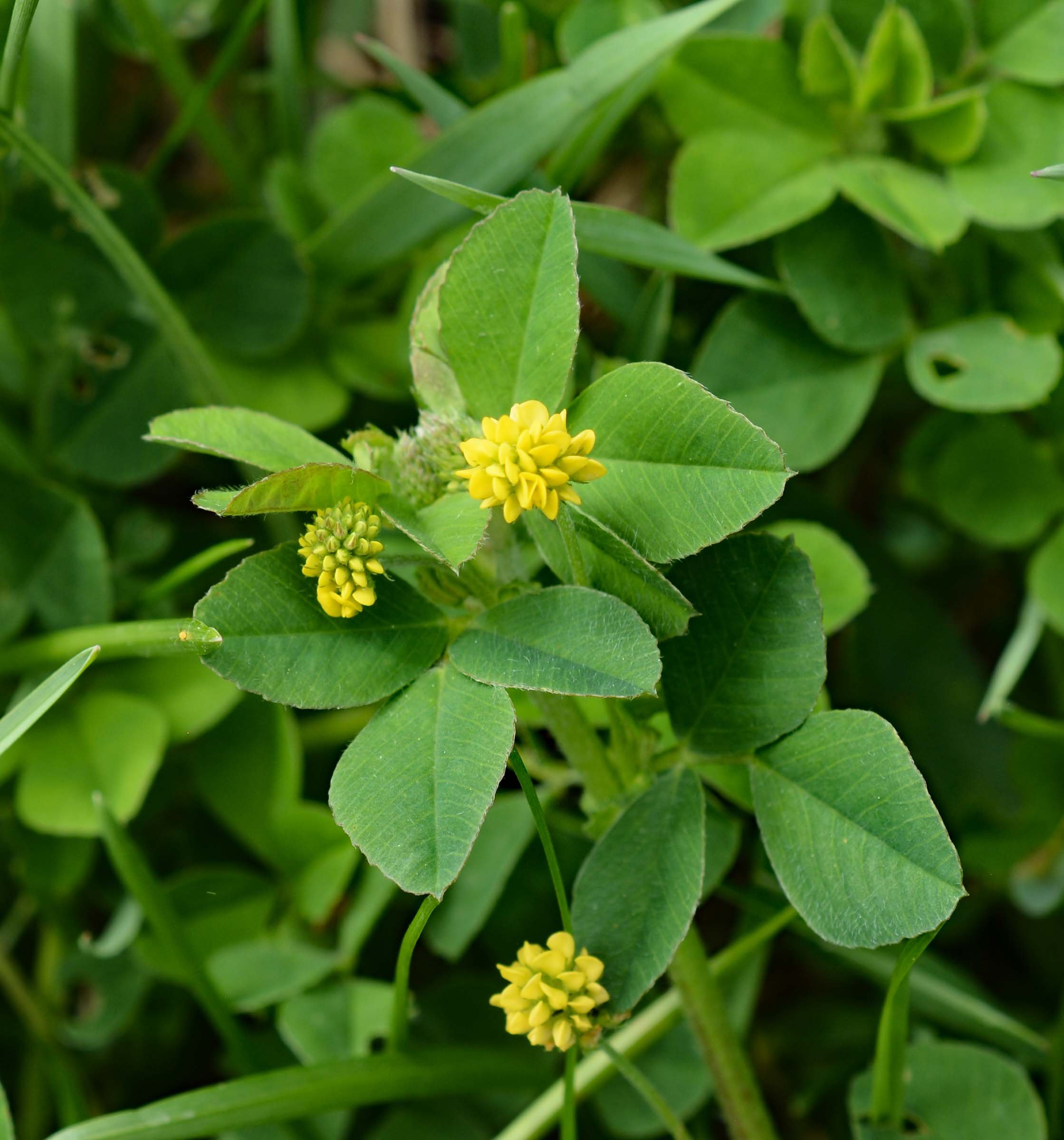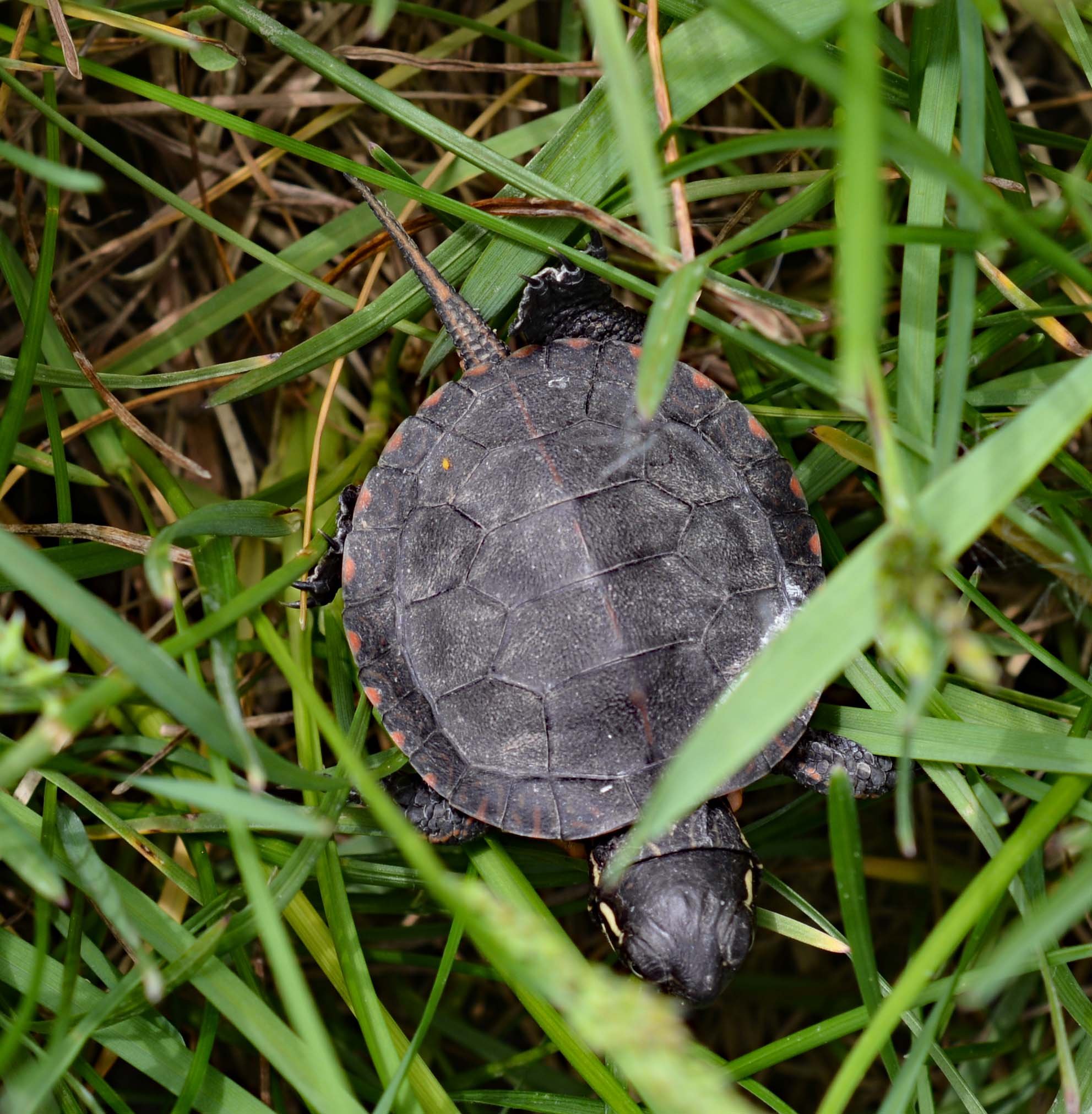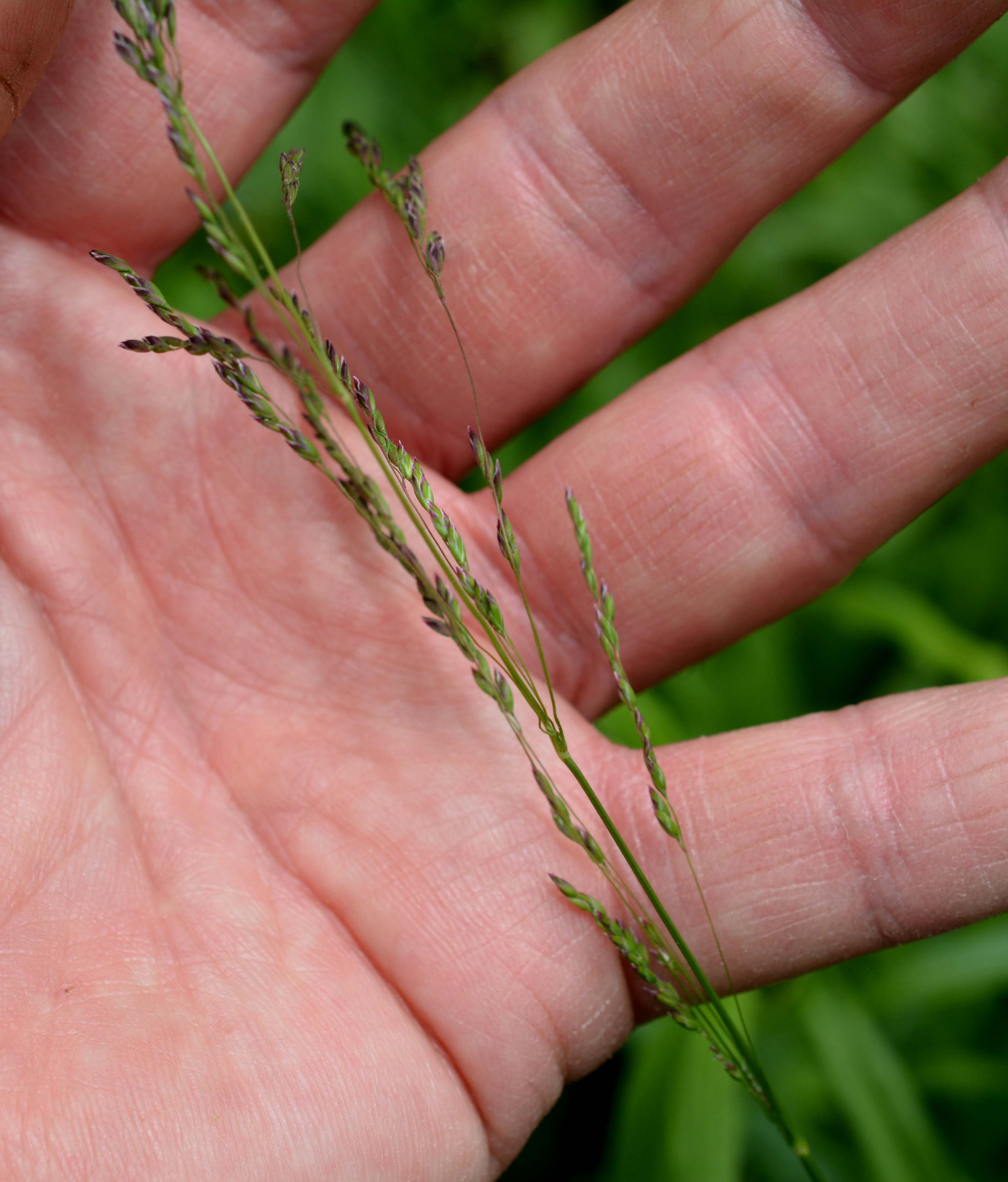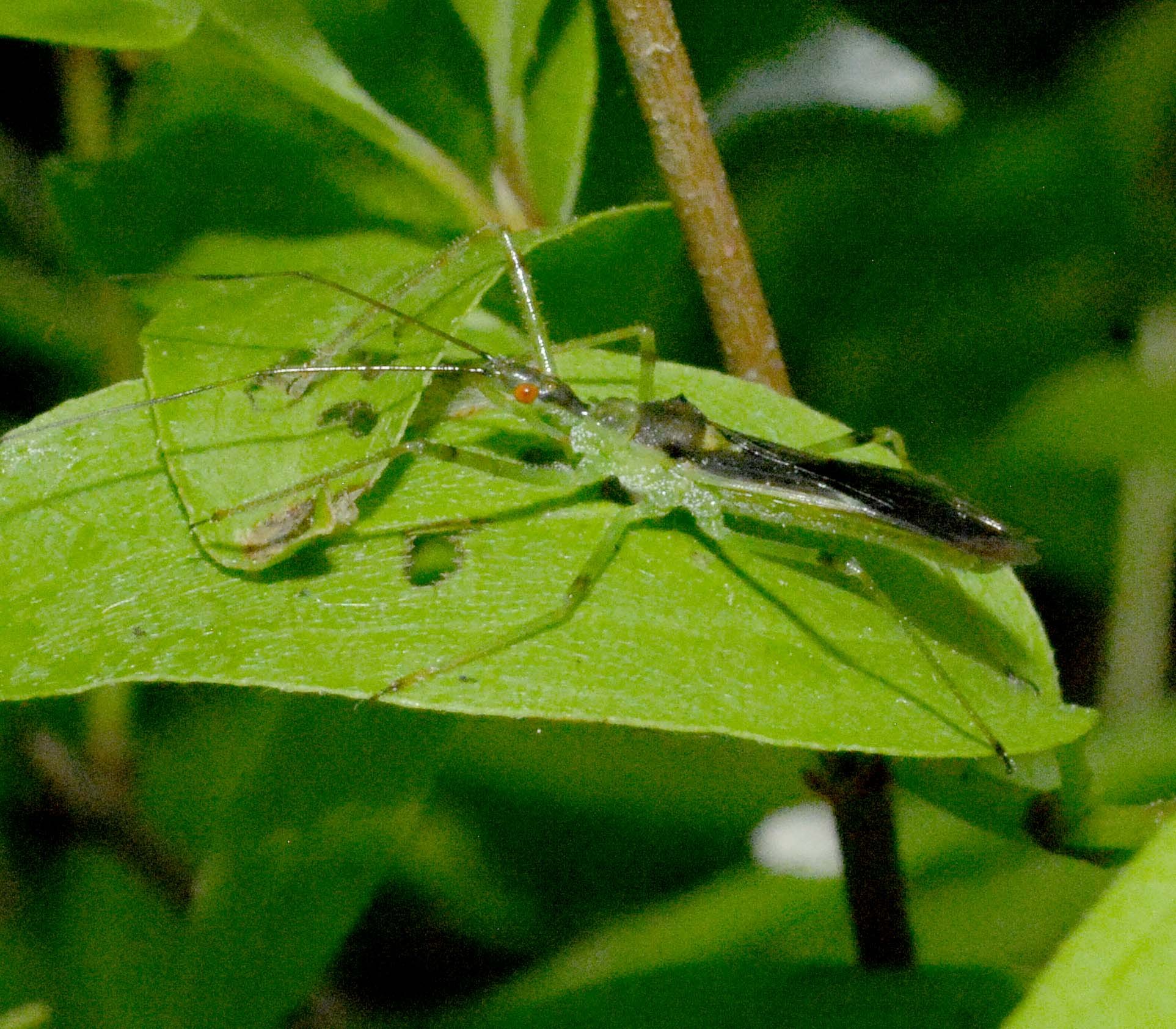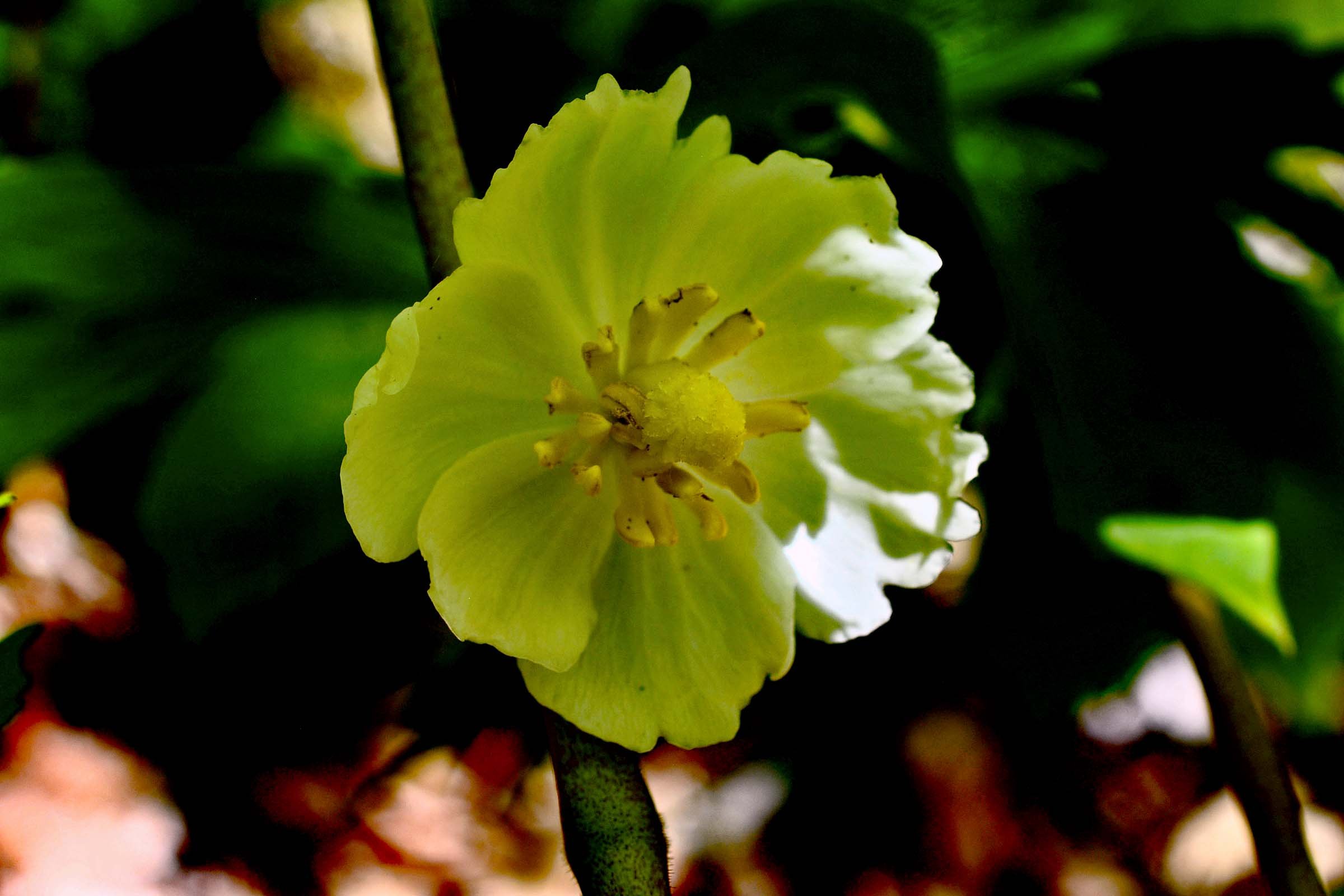Seeing Belle Park on its own Terms: BioBlitz 2022
For me, Belle Park has mostly been a place to pass through on my way to Belle Island, the jewel of Cataraqui River. The two pieces of land sit beside each other in direct contrast. Belle Island, formed after the retreat of the last ice age, is diverse, complex and ancient, with a rich indigenous heritage. Belle Park is only 70 years old, at least if you count back to when the wetland it was began to be made into a wasteland.
I do not love Belle Park. As I walk down its graveled lane I see weedy Manitoba maples, hanging willows, struggling pines, plantation poplars and former golf fairways scattered with docks and goldenrods and other weedy species. The once-planned and forgotten ski hill in the northwest corner of the park, now affectionately called Mount Trashmore, is an unsettling place with projecting concrete forms and building debris, reminders of its history as a garbage pile. Belle Park’s saving grace is that it has water on three sides, supporting a community of cattails, ducks, turtles, frogs, beaver and muskrat. Watching the osprey raise their young every summer along the inner harbour draws everyone’s attention away from the fact that this used to be a dump.
But still, I thought that there was enough life in Belle Park for a BioBlitz. BioBlitzes are citizen science, where people identify and document as many species they can in a particular space within a specified timeframe. This work is made easy with an app called iNaturalist, which allows people to do their work on their own and whenever they wish. More than 60 people came together over the span of a week in May to celebrate the familiar and the new, the static and the changing, the mundane and the novel. In addition to our individual observations, we gathered for inspiring and informative walks with Professors Chris Eckert (Plant Sex! Who could resist?) and Steve Lougheed (birds of all shapes, sizes, and sounds!). We started the BioBlitz with 88 species identified by 39 people. Throughout the week the species number grew to 252. We now stand at 1,469 observations by 95 observers bringing a total of 515 individual species. That’s phemomenal!
We identified species from Accipiter cooperii to Zoosection crinocheta. To fill in the alphabet, these species call Belle Park home: American Toad, Beggartick, Catnip, Dogwood, European Swallow-wort, Four-lined Hornet Fly, Goldenrod, Harrier, Indigo Bunting, Jerusalem Artichoke, Killdeer, Longnose Gar, Meadow Anemone, Northern Crescent, Orange Bluet, Painted Turtle, Question Mark, Reddening Lepiota, Spring Fishfly, Tuft-legged Orbweaver, Ursine Spurleg Lady Beetle, Variegated Yellow Pond-lily, Whirligig Mites, Xanthomendoza fallax (lichen!), Yellow Warbler and, of course, Zoosection crinocheta. If you don’t know who these beings are, I urge you to look them up by downloading iNaturalist, tapping Projects at the lower right corner, and searching for Belle Park Project.
Since the BioBlitz, I’m more inclined to see Belle Park as a place of dynamic change and ecological relationships. Clearly it is a catchment area and haven for migrating birds, and as we saw again this year it is a doe range for birthing fawns. The Manitoba maple, although no human’s favourite tree, is favoured by native insects who predate its leaves and are in turn predated by birds. Giant burdocks, towering thistles, sweeping clovers, grasses and vetches usually obnoxious to city parks are readily welcomed by the resident chickadees, sparrows and finches.
Belle Park may not be a jewel, but it is a rich entanglement of species, and I am coming to appreciate that it may have a pretty interesting future. Thanks citizen scientists! We’ve got an important benchmark: let’s do another BioBlitz in future so we can track the life that evolves.

